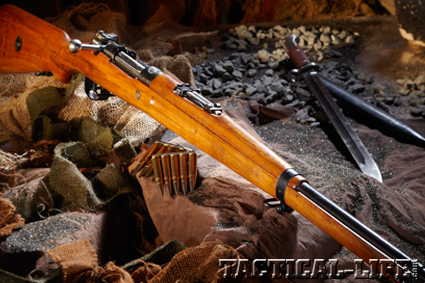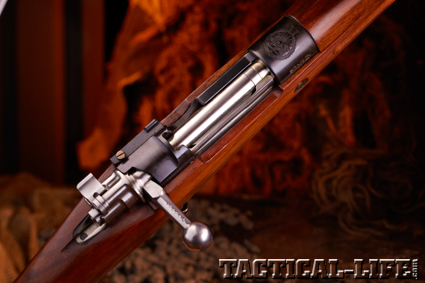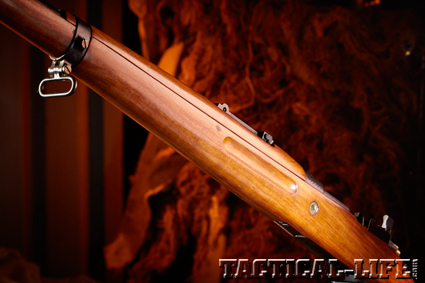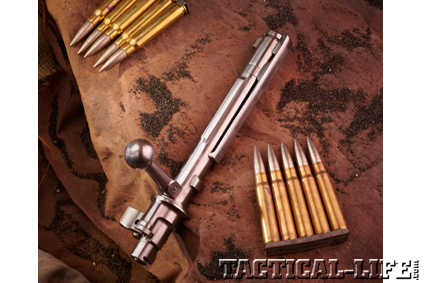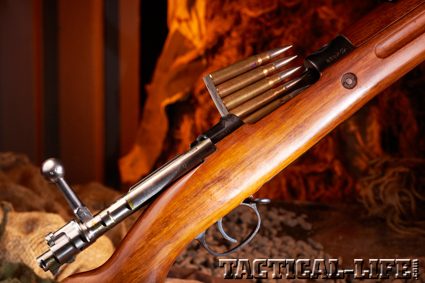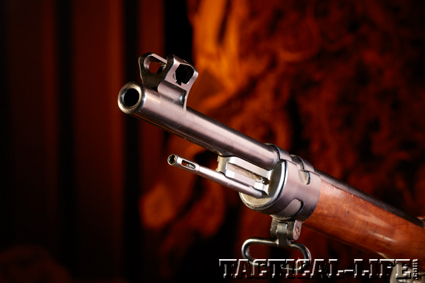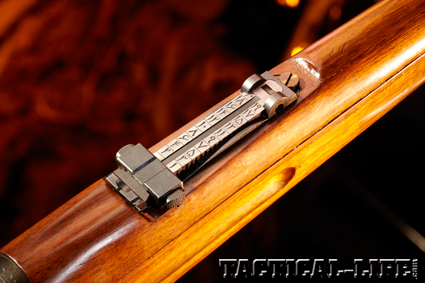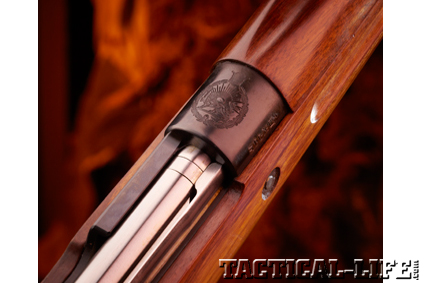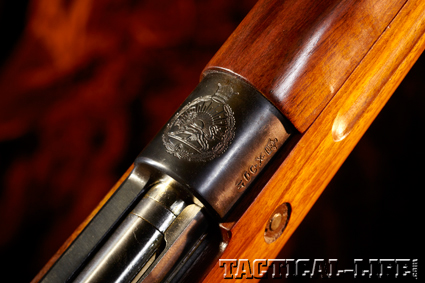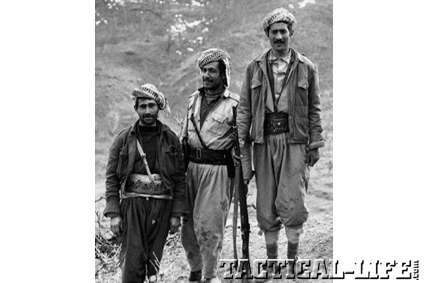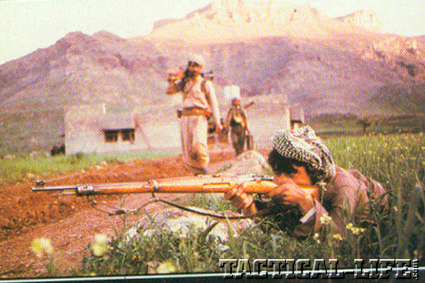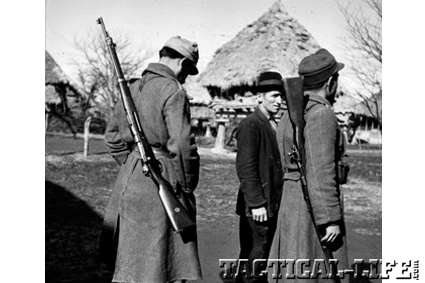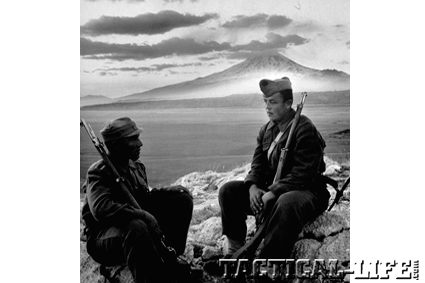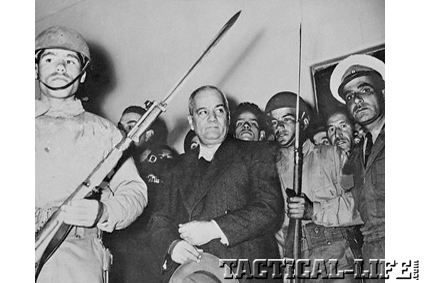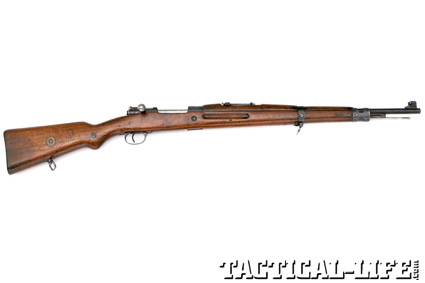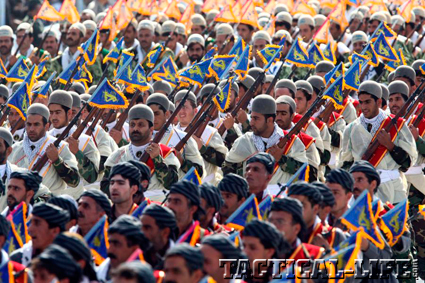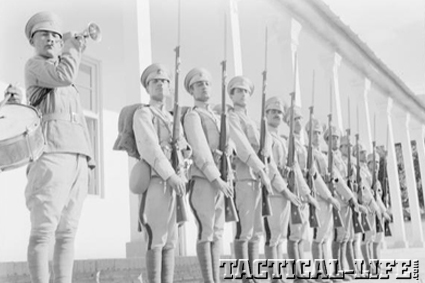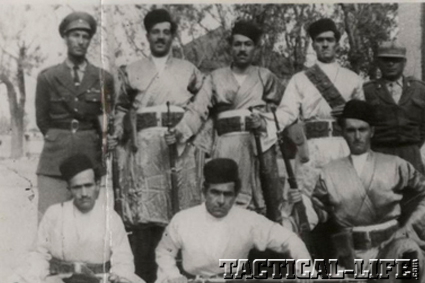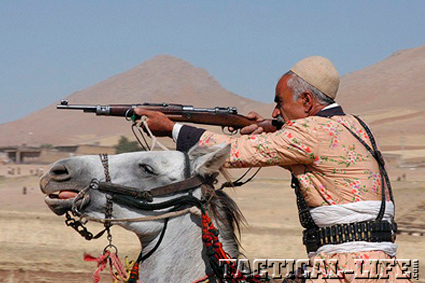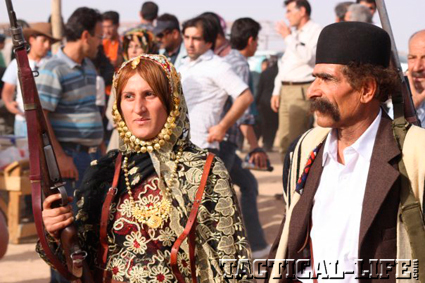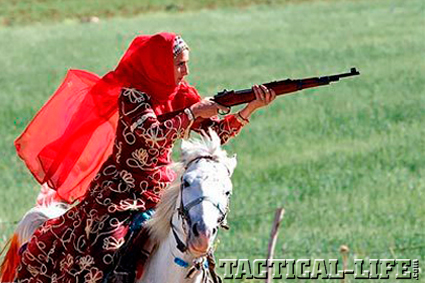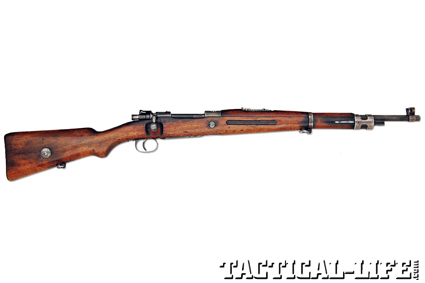The Persian Empire was conquered by Alexander the Great in 330 BC. After Alexander’s death, the empire went through a period of hard times, but achieved greatness once again in the third century BC under the Parthians, who resisted Roman conquest for almost six centuries. The establishment of “modern” Persia took place in AD 224, when a tribe called the Fars destroyed Parthian rule and established the Sassanid Empire. They engaged in constant struggle with the Byzantines until they themselves fell prey to the expanding Muslim empire of the Arabs in AD 651. In 1055, the Turks conquered Persia, to be followed by the Mongols and Tamerlane. In 1736, native rule was reestablished by the Safavid dynasty, who created the first, true national state. They were followed by the Qajar dynasty, who ruled until 1925.
In the 19th and early 20th centuries, Persia was the one of the few independent Muslim states in the Middle East and Asia. But despite its “independence,” Persia was surrounded by others seeking to take advantage of it. To the west were the Ottoman Turks. To the north was Russia, who constantly meddled in Persia’s affairs. And to the east was British-dominated India. During this period, Persia became increasingly politically dominated by various European powers, with the British, Russians and Germans all jockeying for influence. Except for the Persian Cossack Brigade and European-officered gendarmerie, the Persian armed forces were a poorly equipped and badly led organization that depended upon tribal levies to fill its ranks. In the latter stages of the Qajar dynasty, it was decided that the armed forces would be modernized in hopes of counterbalancing the influence of Russia and Great Britain…
GET THIS ISSUE NOW! at www.tactical-life.com/subscribe/military-surplus/.
Advertisement — Continue Reading Below
